
Review on 🌡️ AcuRite 06002M Wireless Temperature Humidity Monitor by Stephen Pendergrass

Absolutely right? Near enough.
I think anyone who uses these devices understands that accuracy can't be perfect. Yes, the basic units are read differently, sometimes side by side. So many variables. Just a bit of shade or, for example, a piece of rebar under a concrete slab under one sensor but not another can make a difference. A lot of food was lost at my place of work when the circuit breaker in our ice cream freezers tripped. I now have a 7 sensor system to protect fridges and freezers. I really don't care if the temperature is off a degree or two, not really. My only concern is that the temperature will rise. One alarm is set at 18F and the other at 26F. 18F is an early warning and 28F says to get on with it and see what happens. Conclusion for personal use: Do you really need to know if the outside temperature is 95 vs 97? If you're using these devices mission-critically, you'll likely need to shell out around $1,000 or more for the system if your business needs to be that accurate. Mechanical wire thermometers standing next to each other can also display different readings. This even includes Taylor food thermometers. For perfect accuracy, use something that works with mercury.
- One year trial
- Available in white only
New products
Comments (0)
Top products in 🌡️ Temperature & Humidity
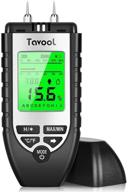
🌲 Pin-Type Wood Moisture Meter Detector

10 Review

📏 General Tools MMD4E: Highly Accurate Moisture Meter with High, Medium, Low Measurements

8 Review
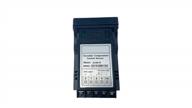
ETC-JLD612-A Temperature Controller With Dual Display And PID Control By Lightobject

11 Review
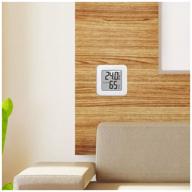
Weather station hygrometer for home indoor household thermometer with humidity measurement ULBI H1

35 Review
Another interesting products
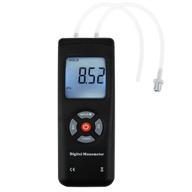
🔍 Enhanced Precision with Backlit Professional Manometer for Differential Ventilation

6 Review
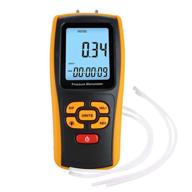
Portable Handheld Manometer 📏 for Accurate Pressure Differential Measurement

5 Review
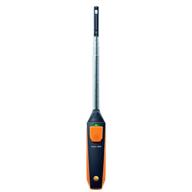
🔥 Advanced Testo Wireless Hot Wire Anemometer Technology

4 Review

🔍 Dioxide Controller for Digital Gas Monitoring

5 Review

